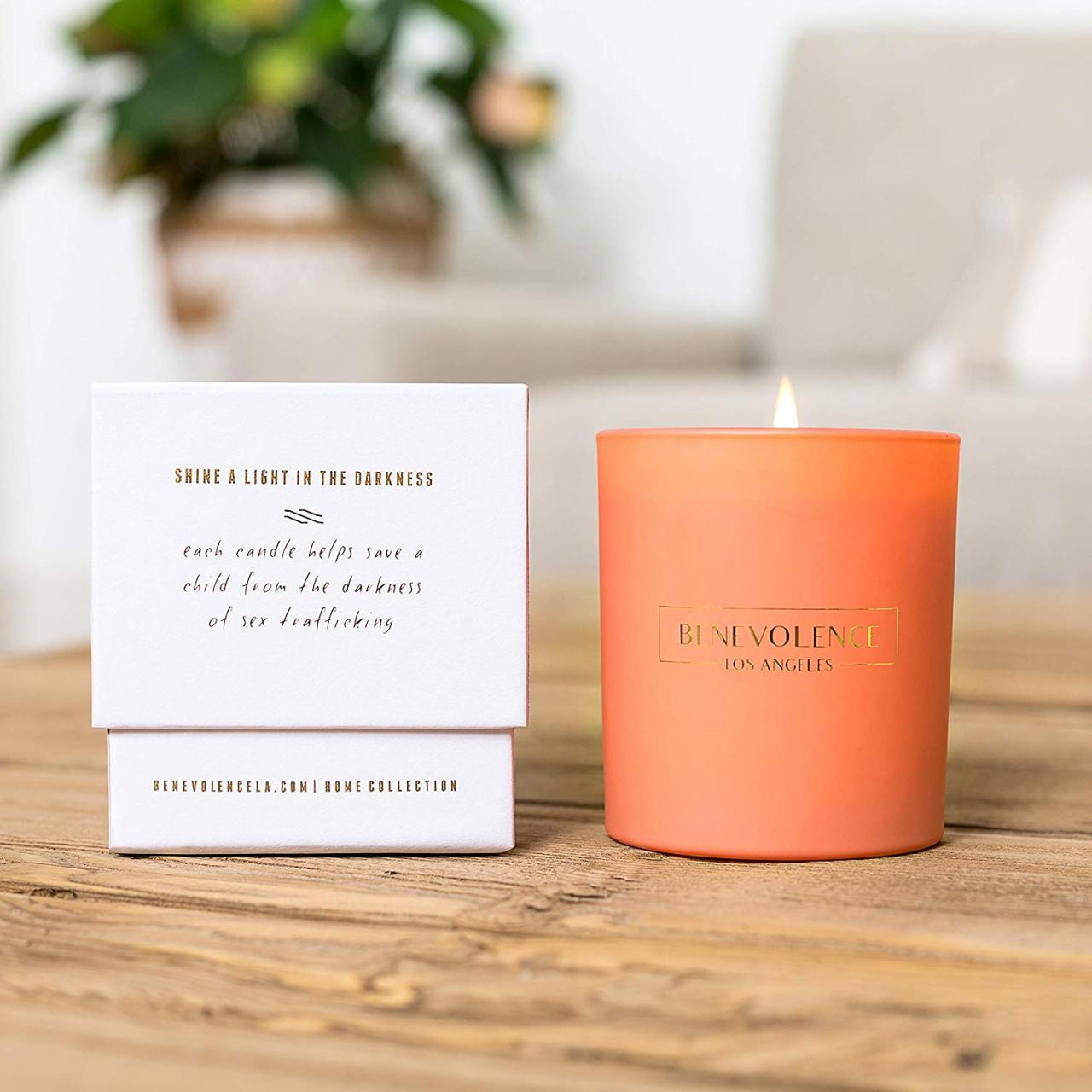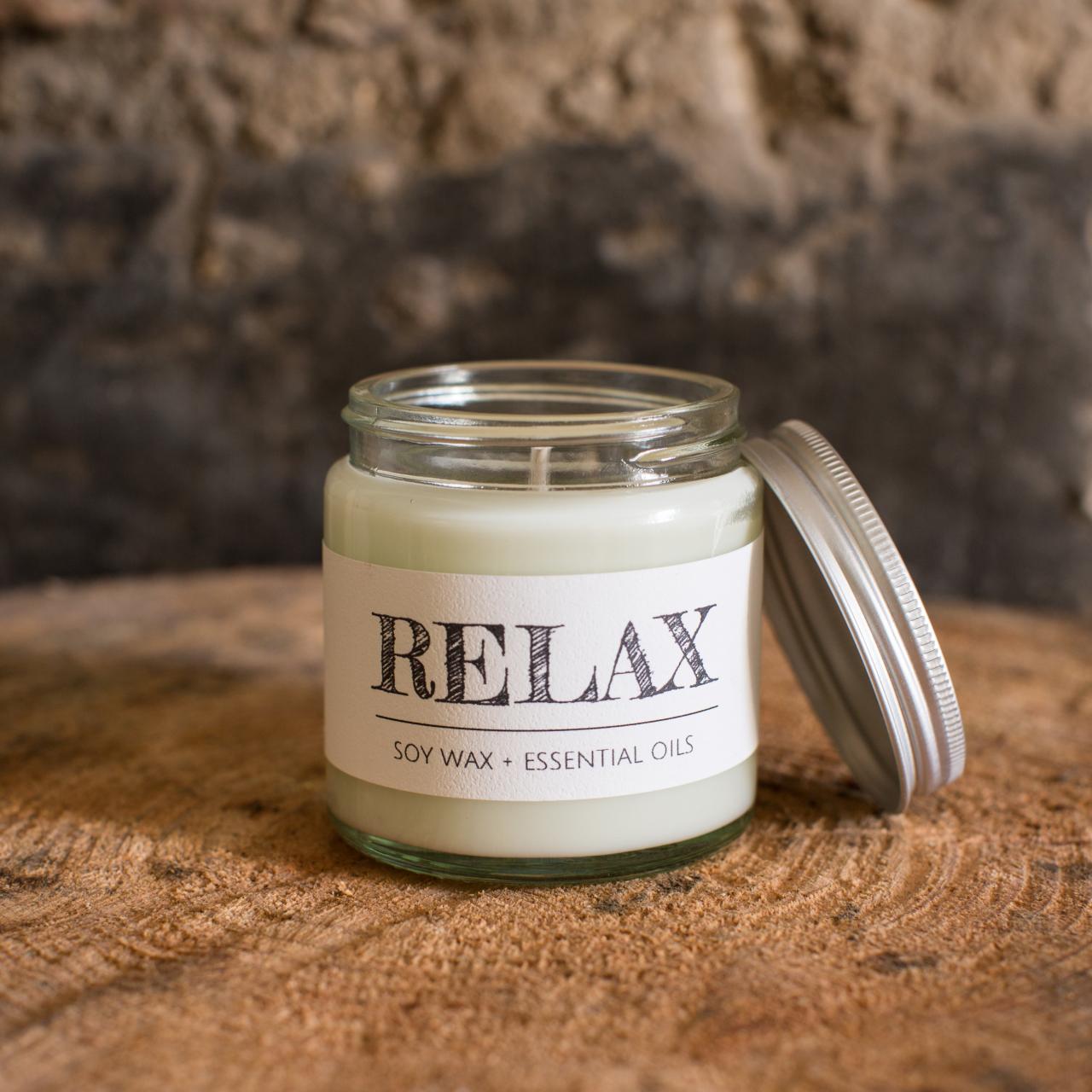Prepare to embark on a sensory journey as we delve into the enchanting world of aromatherapy candles. These fragrant creations blend the therapeutic benefits of essential oils with the warm ambiance of candlelight, offering a holistic approach to well-being.
Throughout history, aromatherapy candles have played a significant role in various cultures, from ancient rituals to modern-day relaxation. Join us as we explore the fascinating history, therapeutic advantages, and diverse applications of these captivating candles.
Overview of Aromatherapy Candles
Aromatherapy candles combine the therapeutic benefits of essential oils with the warm, inviting ambiance of candlelight. These candles are designed to release fragrant vapors into the air, creating a soothing and uplifting atmosphere.
The practice of aromatherapy dates back to ancient times, with civilizations like the Egyptians, Greeks, and Romans using aromatic plants for healing and religious ceremonies. In the 20th century, the modern concept of aromatherapy emerged, popularized by French chemist René-Maurice Gattefossé.
He discovered the wound-healing properties of lavender essential oil after accidentally burning his hand.
Historical Background and Cultural Significance
Aromatherapy candles have been used for centuries across various cultures. In India, they are an integral part of Ayurvedic medicine, where they are believed to balance the doshas (energies) and promote overall well-being. In China, scented candles have been used for centuries in temples and homes for their calming and purifying effects.
Benefits of Aromatherapy Candles

Aromatherapy candles offer therapeutic benefits that enhance both physical and mental well-being. The scents released by these candles interact with our olfactory system, triggering responses that can promote relaxation, improve sleep, and enhance focus.
Therapeutic Effects
The therapeutic effects of aromatherapy candles are attributed to the specific scents they release. Different scents evoke different emotions and physiological responses. For instance, lavender is known for its calming and relaxing properties, while citrus scents like lemon and orange are energizing and uplifting.
Examples of Scent Effects
*
-*Lavender
Promotes relaxation, reduces stress, and improves sleep.
-
-*Eucalyptus
Clears nasal congestion, promotes alertness, and enhances focus.
-*Bergamot
Uplifts mood, reduces anxiety, and boosts confidence.
-*Peppermint
Invigorates the mind, improves alertness, and aids in digestion.
-*Chamomile
Calms the nerves, promotes relaxation, and reduces inflammation.
Types of Aromatherapy Candles

Aromatherapy candles are crafted using a diverse range of materials, including waxes, wicks, and scent blends, each contributing to their unique characteristics and intended uses. Understanding these variations empowers you to make informed choices that align with your specific needs.
Wax
- Soy Wax:Derived from soybeans, soy wax is renowned for its clean burn, eco-friendliness, and ability to hold scents well.
- Beeswax:A natural wax produced by honeybees, beeswax candles emit a subtle honey aroma and purify the air.
- Paraffin Wax:A petroleum-based wax, paraffin is inexpensive and provides a strong scent throw, but its burning process can release harmful toxins.
Wick
- Cotton Wick:The most common type, cotton wicks provide a steady burn and minimal smoke.
- Wood Wick:Made from natural wood, wood wicks crackle softly while burning, creating a cozy ambiance.
- Hemp Wick:A sustainable option, hemp wicks burn slowly and cleanly, producing minimal soot.
Scent Blends
Aromatherapy candles feature a wide array of scent blends, each designed to evoke specific moods and provide therapeutic benefits.
- Relaxing:Blends of lavender, chamomile, and ylang-ylang promote relaxation and sleep.
- Energizing:Scents like citrus, peppermint, and rosemary invigorate the mind and boost focus.
- Mood-Enhancing:Candles infused with scents such as vanilla, cinnamon, and nutmeg create a warm and inviting atmosphere.
Choosing the Right Candle
To select the ideal aromatherapy candle, consider the following factors:
- Intended Use:Determine the desired effect, whether it’s relaxation, energy boost, or mood enhancement.
- Scent Preference:Choose scents that resonate with your personal preferences and intended ambiance.
- Burn Time:Consider the duration you want the candle to burn for.
- Quality:Opt for candles made from high-quality materials to ensure a clean burn and long-lasting fragrance.
Safety and Usage of Aromatherapy Candles
To fully enjoy the benefits of aromatherapy candles while prioritizing safety, it’s crucial to follow certain guidelines. Proper ventilation is paramount to prevent the buildup of soot and harmful fumes. Avoid placing lit candles near curtains, fabrics, or any flammable materials to minimize fire hazards.
For optimal benefits, burn aromatherapy candles for no longer than four hours at a time. This allows the fragrance to diffuse evenly without becoming overwhelming. Place candles in well-ventilated areas to ensure proper airflow and prevent the accumulation of smoke.
Placement for Relaxation
To create a relaxing and inviting atmosphere, place aromatherapy candles strategically throughout the room. For a calming effect, position candles near seating areas or on bedside tables. To enhance relaxation during a bath, light candles in the bathroom. For a spa-like ambiance, place candles around the room, dimming the lights to create a cozy and serene atmosphere.
DIY Aromatherapy Candles
Embark on a journey of creating your own aromatic haven by crafting personalized aromatherapy candles. Experience the joy of tailoring scents and designs to suit your unique preferences.
Materials
- Soy wax or beeswax
- Essential oils
- Candle wicks
- Candle containers (glass jars, ceramic cups, etc.)
- Double boiler or microwave-safe bowl
- Thermometer
- Measuring cups and spoons
- Mixing utensils
- Scissors
Step-by-Step Guide
1.
-
-*Prepare the wax
Melt the wax in a double boiler or microwave until it reaches a temperature of 160-180°F (71-82°C).
- 2.
- 3.
- 4.
- 5.
-*Add essential oils
Once the wax is melted, remove it from the heat and add your desired essential oils. Start with a few drops and adjust as needed.
-*Insert wicks
Center the candle wicks in the candle containers and secure them with a dab of hot glue.
-*Pour the wax
Carefully pour the melted wax into the candle containers, filling them to about 1/4 inch from the top.
-*Cool and trim wicks
Allow the candles to cool for several hours or overnight. Once they have hardened, trim the wicks to about 1/4 inch above the surface of the wax.
Creative Ideas
-
-*Layer different scents
Create a multi-layered candle by pouring different scents of wax at different levels.
-*Use natural ingredients
Add dried herbs, flowers, or spices to your candles for a unique touch.
-*Experiment with colors
Use candle dyes or melted crayons to add color to your candles.
-*Decorate the containers
Paint, decoupage, or wrap the candle containers to create a personalized look.
Outcome Summary
Aromatic candles have emerged as a beacon of tranquility and rejuvenation, offering a harmonious blend of therapeutic benefits and sensory delight. Whether seeking relaxation, focus, or simply creating a cozy ambiance, these fragrant companions have the power to transform any space into an oasis of well-being.
So, let us embrace the enchanting world of aromatherapy candles, harnessing their transformative power to enhance our physical and mental well-being. May these fragrant flames illuminate your path to tranquility and inspire a newfound appreciation for the therapeutic benefits of nature.